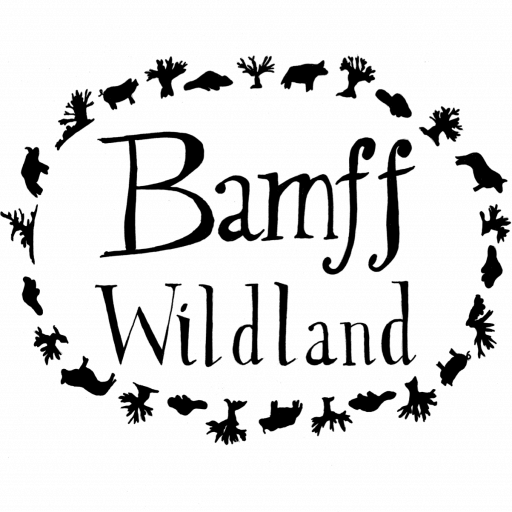Melanie Sanders
Melanie Sanders
The impact of Eurasian beaver communities on emergent insects and their avian predators (UCL)
BACKGROUND AND STUDY AIMS:
The re-introduction of native species has recently been recognised as an effective way to restore landscape connectivity and ecological processes1. The Eurasian beaver (Castor fiber) is an ecosystem engineer with the ability to transform freshwater systems and their surrounds. Hunted to extinction in Britain between the 1500s and 1800s, beavers are now being re-introduced across the UK2. Re- introduction programmes are on the rise and research is being undertaken to establish their effect on hydrology, geomorphology and ecology.
H1 – Beaver sites harbour a higher abundance and biomass of
emergent insects
H2 – Beaver sites harbour a higher diversity of emergent insects H3 – There are significant differences in environmental characteristics between beaver sites and non-beaver sites
H4 – Water chemistry influences abundance and diversity of emergent insects
H5 – Bird feeding activity is increased at beaver sites
METHODS:
Samples were collected from 6 sites across the Bamff Estate in Perthshire, Scotland. These consisted of 3 beaver and 3 non-beaver sites.
– Emergent insects were caught daily in purpose built traps
– Water temperature and dissolved oxygen concentration were
recorded daily
– Bird surveys were undertaken across all sites
– Insect samples were sorted to order, counted, dried and
weighed
– Abundance, biomass and diversity were calculated
– T-tests were run to establish the differences in variables
between site categories (beaver and non-beaver)
– Generalised Linear Mixed Models (GLMMs) were used to
investigate the relationship between environmental variables and insect emergence
RESULTS:
– Emergent insect abundance and biomass were higher at beaver sites than non-beaver sites
– There was no significant difference in diversity of emergent insects between beaver and non-beaver sites
– Water temperature and dissolved oxygen concentration were significantly different between beaver and non-beaver sites
– Water temperature was significant in predicting insect emergence at beaver sites
– Bird feeding activity was significantly different between beaver and non-beaver sites
This study investigated whether beavers have an independent effect on aquatic-terrestrial connectivity. The main aim was to quantify insect emergence from beaver ponds, and to relate this to feeding activity in birds. The following hypotheses were proposed
DISCUSSION:
Overall, abundance and biomass of insect emergence was higher at beaver sites than non-beaver sites. Large diurnal fluctuations were present and are likely due in part to fluctuations in water temperature, particularly at beaver sites as presented in the GLMM analysis. More orders were present at beaver sites, however Diptera dominated counts across both site categories. Beaver sites saw higher bird feeding activity and more species of bird. Insectivorous birds such as swallow and flycatcher were absent from non-beaver sites. The study shows that beavers have a positive influence on emergent insects and bird feeding activity.


